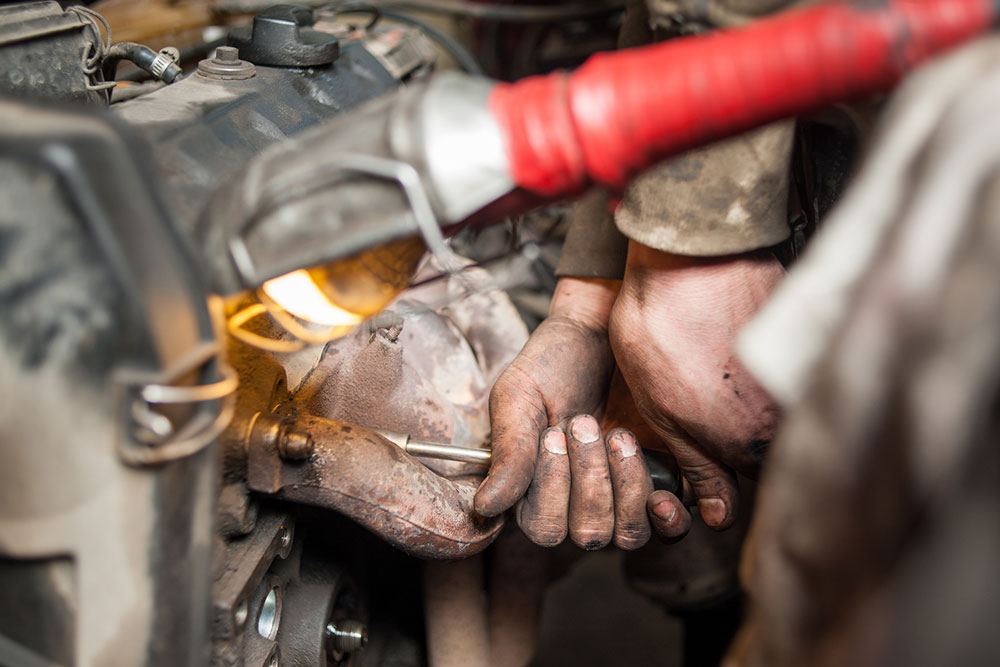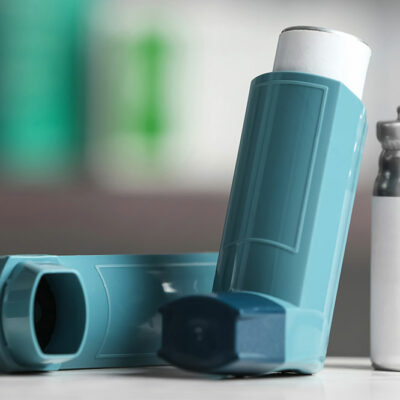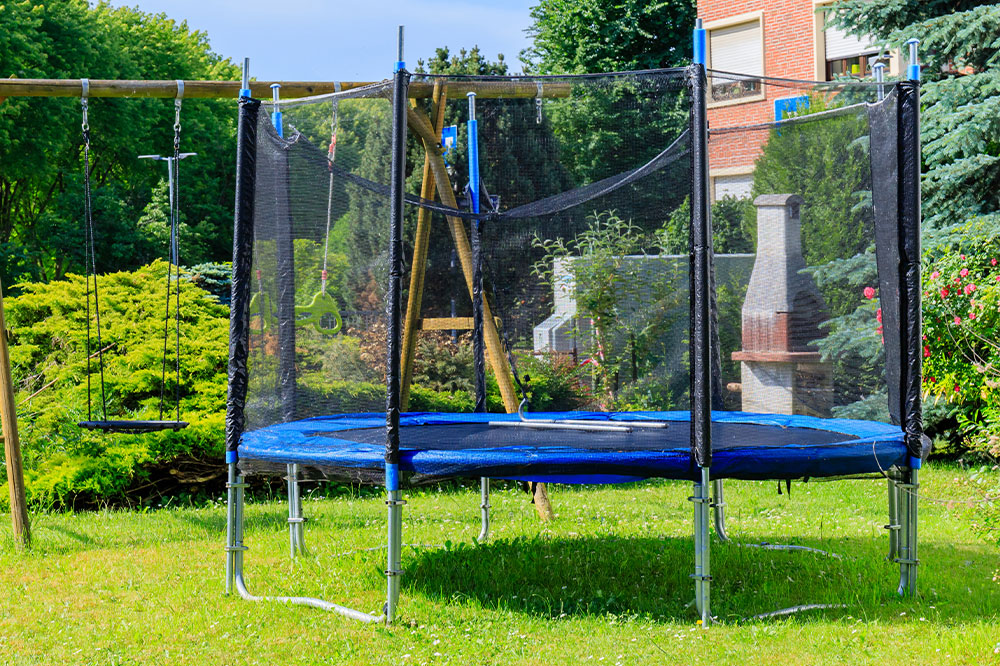4 tips for industrial machine maintenance

Running a factory requires a ton of upkeep, and machine maintenance should be one of the top priorities for the worker’s safety. It is integral to safety protocols in workplaces with heavy machinery, allows for early intervention in any malfunction in a machine, and is usually done to prevent any breakdowns. Industrial machine maintenance involves regular equipment servicing, repair work, routine checks, and the replacement of weathered parts. Here are some tips for machine maintenance:
1. Inspect safety features
Most industrial machines have built-in safety features such as warning signs, alert systems, automatic switch-off, guard rails, and other options. Each machine works differently, and the features vary accordingly. Regularly checking these safety features is vital to avoid accidents and ensure the machines work correctly.
Those working in industrial settings should deactivate a machine and replace any faulty parts if they notice any wear and tear.
2. Check lubrication
Unnecessary friction created in a machine can lead to it heating up and malfunctioning. This kind of breakdown can highly affect the production process, causing delays in manufacturing and deliveries, which can lead to a loss. Also, this can be a huge safety issue, as breakdowns can lead to accidents that endanger the workers. Regularly lubricating the machines is essential.
Additionally, workers should ensure that the particular machine gets the right lubrication, as there can be differences. It is generally advised to follow the user manual, which the manufacturer makes. The manufacturer’s maintenance recommendations should be taken seriously.
3. Keep a log
This is a small but vital part of machine maintenance. It is essential to keep a log of the machine’s usage, including who used it, when it was used, whether it was switched off, whether there were any problems during its course, and whether the problem was addressed. These are some of the questions to get answers to, as it keeps the manager updated on the machine’s health. If they have any questions, they can also directly go to the specific person who used it last and ask to clear any queries about any incident. Also, when a new worker operates a machine, they can access the log sheet and get the data to be aware of what to expect if there is any history of issues.
4. Fix the issue
This is to be done as soon as possible. Those in charge of machine maintenance should deactivate the machine and inform the workers. Fixing the problem is vital for safety protocol and helping the factory not miss out on production deliverables. Those in charge should check for regular servicing and warranty issues with the manufacturer. Following the correct safety and machine maintenance protocol makes the workplace a safe space and extends the lifespan of a machine.
















